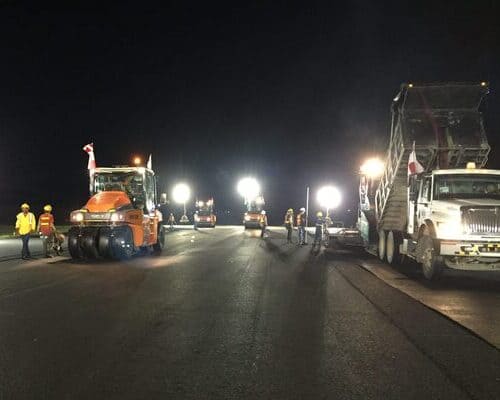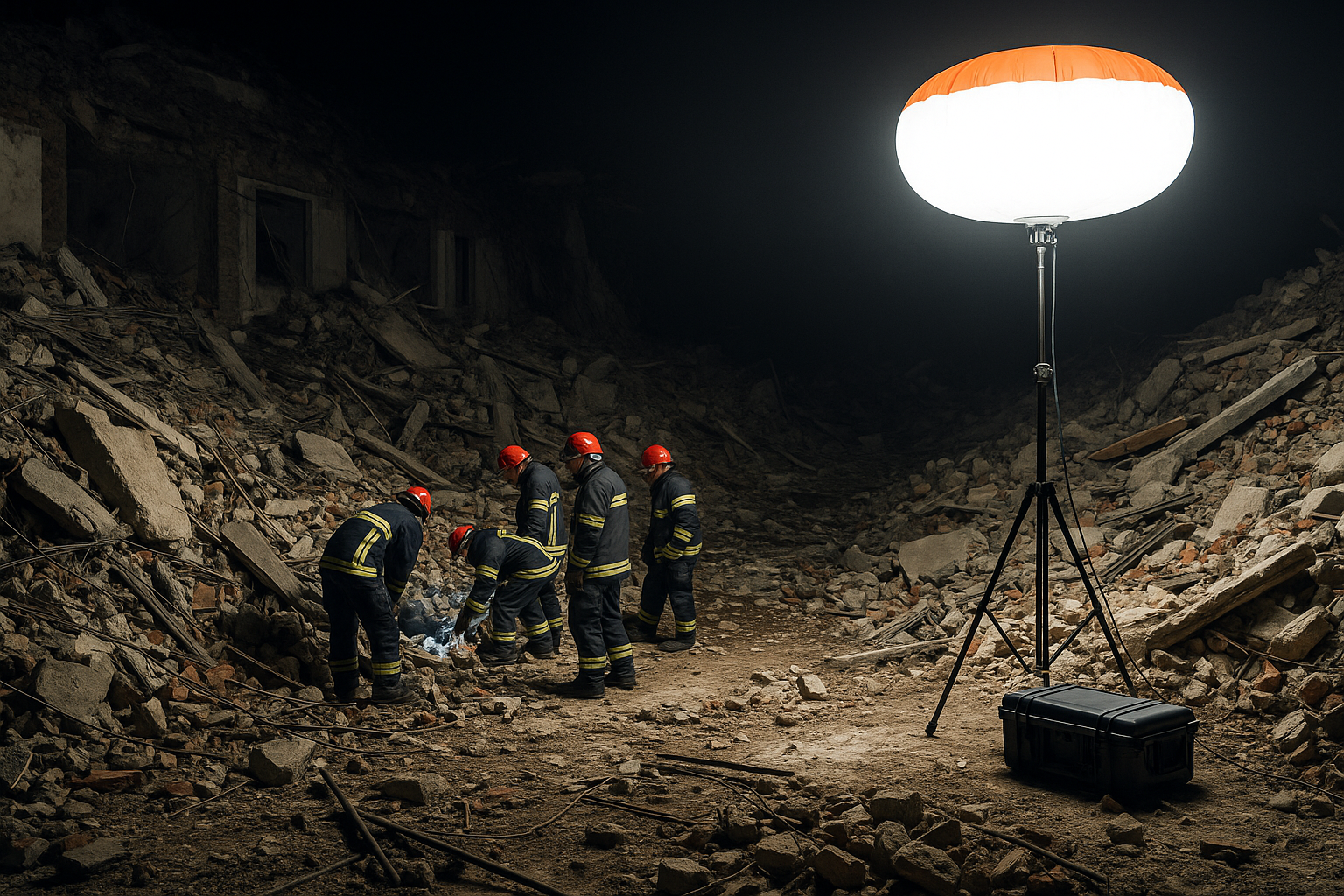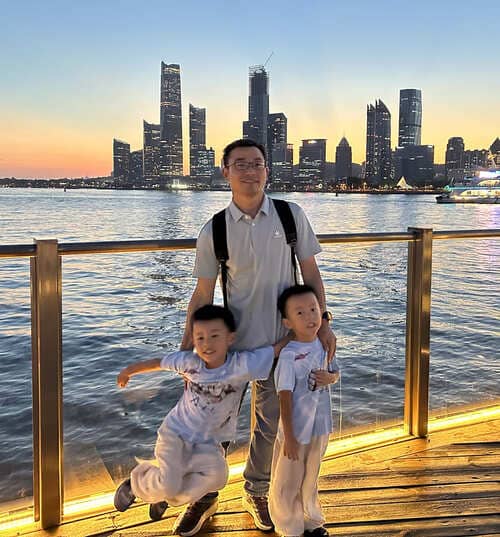Lighting at night is always tricky. Sometimes I need fast setup1. Sometimes I need to cover a big area2. I don’t want glare or wasted energy. I just want the right tool that fits the job.
Tripod balloon lights3 are portable and quick to set up, while vehicle‑mounted lighting balloons4 offer high range, power, and mobility for large or mobile sites.

I’ve used both systems in real-world projects. Choosing wrong means delays or safety risks. Choosing right saves time, energy, and budget. Let’s break them down together. →
Tripod Balloon Light: What Are the Benefits?
I often start with tripod balloon lights because they are light, simple, and quick to handle.
A tripod balloon light gives you fast setup1, low cost, and portability. It works well on flat ground, indoors or small outdoor areas.

To set it up, I just unfold the tripod, attach the balloon, and turn on the fan. It takes 5 minutes max. The whole thing fits in my car trunk. One person can carry and install it without extra help.
Tripods cost much less than mounted systems. That helps when the budget is tight. If I only need lighting in a limited space—like a film shoot, small site, or indoor event—it makes sense to go with a tripod.
Light quality matters too. The balloon diffuses light softly. That reduces shadows and glare. It's safer for workers and more pleasant for event guests or camera crews. This is the main reason I use them for glare-sensitive projects5.
In mild weather, I stake or weigh the tripod down. It handles light wind and rain well. On uneven terrain, I use sandbags to keep it stable. When weather gets worse, I just move it inside or pack it up quickly.
For short-term use6, indoor work7, or when power is limited, tripod balloon lights are my first choice.
Vehicle‑Mounted Lighting Balloon System: Why Choose It?
Sometimes I need more power and stability8, especially on big sites or moving jobs.
A vehicle-mounted balloon system offers strong power, extended runtime9, and mobility for large scale or moving operations.

This setup mounts to a truck or trailer. The balloon light is stored on top and raised when needed. It connects to the vehicle's generator or electrical system. I’ve used these in remote construction zones and long overnight road repairs.
The power is impressive. I get high-wattage lights10 that reach across wide spaces. I don’t worry about battery life. The balloon can run for hours using the vehicle’s generator. I can light up entire intersections or tunnels with one unit.
When the site shifts, I just drive the vehicle to a new spot. There's no need to pack up and reassemble like with tripods. That saves time and reduces labor costs.
These systems are also tougher. They’re made to handle wind, rain, and shock. I’ve used them in heavy weather with no issue. Many models meet IP65 or higher, which means I don’t panic when it starts to storm.
The only downside is cost. A vehicle-mounted system costs more up front. I also need trained staff to drive and maintain the truck or generator. But for large-scale or frequent-use projects, that extra cost pays off.
Which One Fits Construction and Road Projects Best?
Construction jobs need durable lights that work all night. The right lighting system keeps everyone safe and productive.
Tripod lights suit small sites or easy setups, while vehicle-mount systems suit large, moving, or remote jobs.

On small sites—like sidewalk repairs or bridge inspections—I rely on tripods. They’re fast and simple. I move them by hand, plug them into a generator, and light up the area.
But if I’m paving a long road stretch or working on highway repairs, I go with vehicle-mounted balloons. When I move, my light moves with me. That saves hours over a full night shift.
Tripods have shorter runtime. I often need to switch or recharge batteries halfway through. That’s okay on a quiet site but a problem during active operations. Vehicle systems solve that with bigger generators and fuel tanks.
Wind is another concern. Tripods can tip or wobble. I take extra time anchoring them down. Vehicles provide a more stable base, which means less chance of accidents.
When planning construction jobs11, I balance site size, movement, and runtime. For big jobs, vehicle-mounted systems always win.
What About Events and Emergency Applications?
I work with event planners12 and emergency teams. They both need light fast. But they care about different things—ambience vs. urgency.
Tripod lights offer quiet, portable option for small events; vehicle-mounted systems deliver high-intensity, fast-deployment lighting for large or rescue missions.

Tripods work well for weddings, concerts, or film shoots. The light is soft and doesn’t blind people. The fan is quiet, and the setup looks clean. I can hide the base behind plants or props.
For fire rescue or disaster zones, I choose vehicle-mounted systems every time. I can light an entire crash site or collapsed building with one setup. I roll in, raise the light, and I’m ready to work in minutes.
During emergencies, speed matters. Tripods take longer to unpack and secure. Vehicle systems are faster and safer. They stay running even during long rescue operations. Some models come with built-in communications or sirens too.
In my experience, tripods are best for calm, controlled settings. Vehicle lights are made for crisis and scale.
Cost, Logistics, and Total Ownership Trade‑Offs?
Every project has a budget. I always ask myself: how much will this lighting system cost to buy, move, run, and maintain?
Tripods cost less and need minimal transport. Vehicle mounts cost more, need more transport, but deliver higher power and uptime.

A basic tripod balloon setup might cost a few hundred to a couple thousand dollars. I can carry it in a van or even a large car. It uses less energy and only needs a small generator or battery.
Vehicle-mounted systems can cost over ten thousand dollars, especially with a truck or trailer. They need more fuel, a bigger team, and more maintenance. But they run longer and do more.
Here’s a quick summary I often use:
| Factor | Tripod Balloon Light | Vehicle-Mounted System |
|---|---|---|
| Initial Cost | Low to Medium | High |
| Setup Time | Very Short | Instant after parking |
| Portability | High | Low (requires vehicle) |
| Runtime | Limited (battery/generator) | Long (vehicle-powered) |
| Area Coverage | Small to Medium | Medium to Large |
| Staff Needed | One person | Trained operator |
| Maintenance | Simple | More complex |
| Wind Stability | Needs anchoring | Naturally stable |
If I have frequent, small jobs, tripods are the way to go. For demanding or mobile operations, vehicle systems save time and offer peace of mind.
Environmental and Safety Considerations?
Some of my clients care a lot about emissions and noise. Others care about safety and durability13. Both matter.
Tripod lights need safe anchoring and low emissions; vehicle systems must meet emissions standards and vehicle regulations.

Tripods are quiet and clean. They often run on low-voltage batteries. I can use them indoors or in residential areas without complaints. They don’t take up much space or block traffic either.
I just need to anchor them well. In wind or uneven ground, they can fall. That’s why I carry sandbags or ground stakes. Safety comes down to careful setup.
Vehicle-mounted systems produce more noise and exhaust. That matters in parks or near neighborhoods. But modern models now use low-emission generators and sound-dampening designs.
They also shine in safety. Mounted lights are less likely to tip. They come with reflectors, sealed switches, and sometimes auto-shutoff features. Many are IP65-rated or higher, which means I don’t have to worry about dust or water.
I always check site rules before choosing. If I need quiet and clean, I go tripod. If I need power and protection, I go vehicle.
Final Comparison
If I could only pick one, I’d ask: What’s the job size, and how fast do I need to move?
Tripods serve compact, budget-sensitive or low-power jobs; vehicle-mounted suits large, mobile, long-duration, high-power operations.

Tripods work for weddings, short road repairs, or film crews. They’re cheap, flexible, and glare-free. I can use them almost anywhere.
Vehicle-mounted balloons handle long shifts, moving sites, or disaster zones. They need more investment but save time and stress on complex jobs.
Sometimes I use both. Tripods for tight spots. Vehicles for wide open ones. That combo lets me adapt without wasting time or money.
Whatever you choose, make sure the light fits your needs—not the other way around.
Conclusion
I compare both lighting balloon systems clearly, so you can choose the right one based on site size, budget, and speed.
-
Discover why fast setup can be crucial for efficiency in various lighting applications. ↩ ↩
-
Find out how different lighting systems can illuminate large spaces efficiently. ↩
-
Explore the benefits of Tripod balloon lights for quick setups and portability. ↩
-
Learn how vehicle-mounted lighting balloons provide power and mobility for large sites. ↩
-
Understand the challenges of glare-sensitive projects and how to address them. ↩
-
Explore the best lighting solutions for short-term projects and their advantages. ↩
-
Explore the best lighting solutions for indoor settings and their benefits. ↩
-
Discover the importance of power and stability in choosing the right lighting system. ↩
-
Find out how extended runtime can benefit long-duration projects. ↩
-
Learn about high-wattage lights and how they can enhance visibility in large areas. ↩
-
Find out which lighting systems are most effective for construction environments. ↩
-
Discover how event planners select lighting systems to enhance their events. ↩
-
Understand the importance of safety and durability in lighting for various applications. ↩




